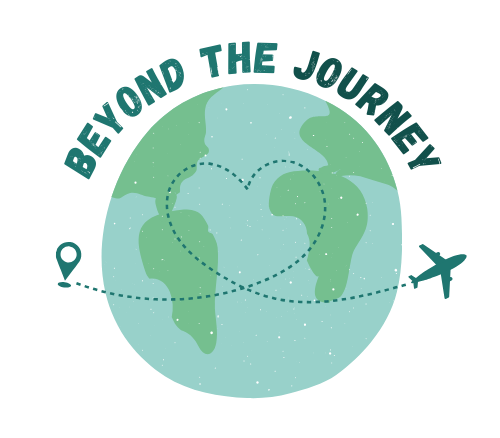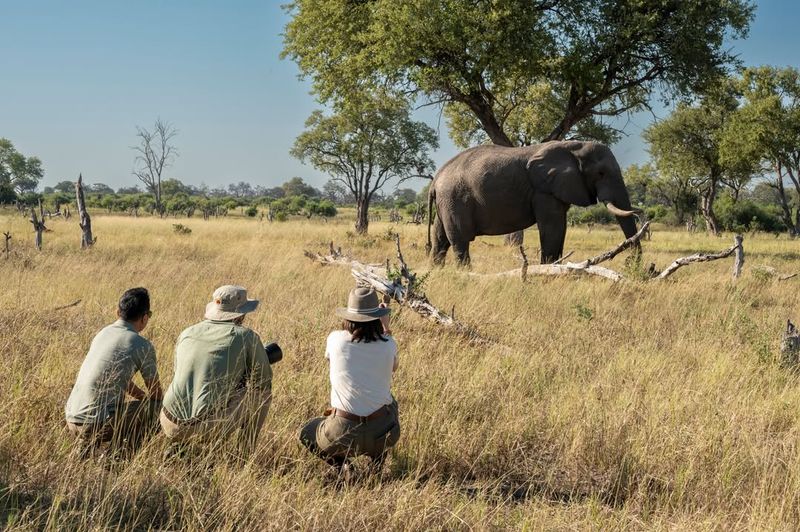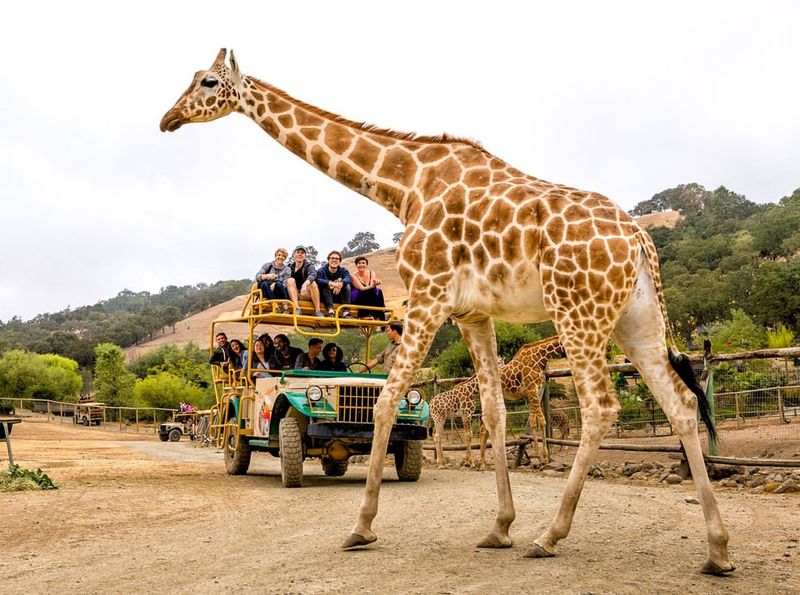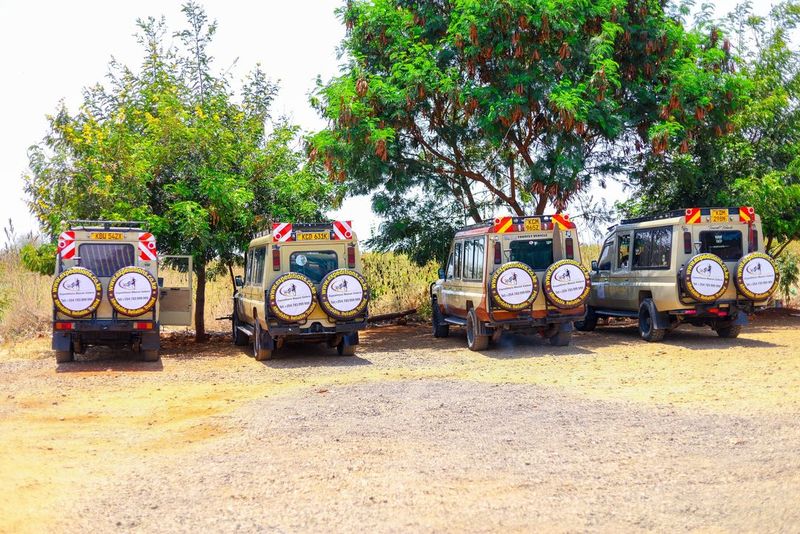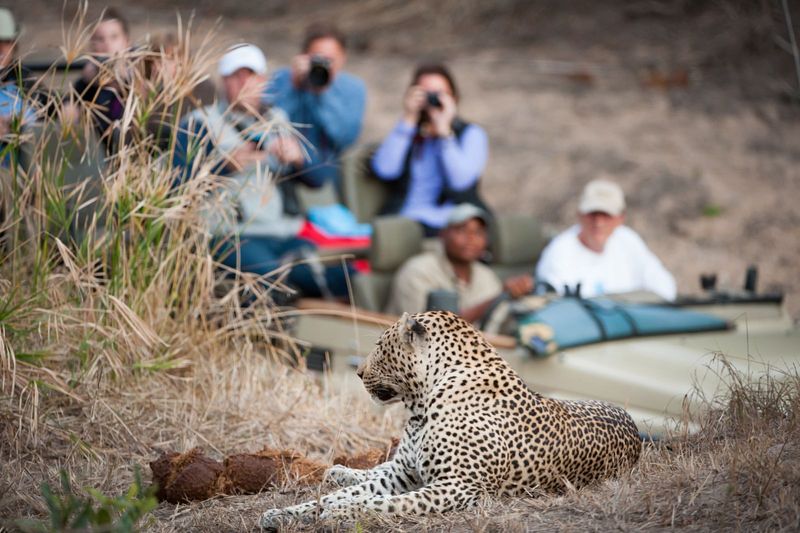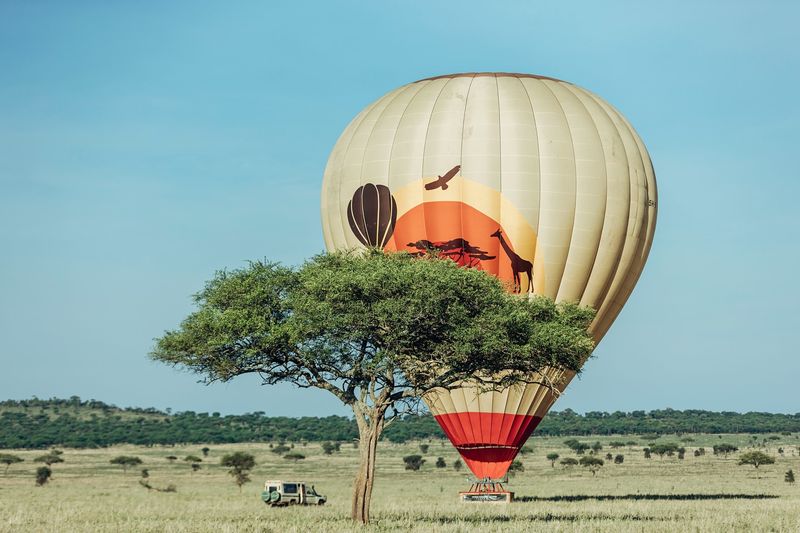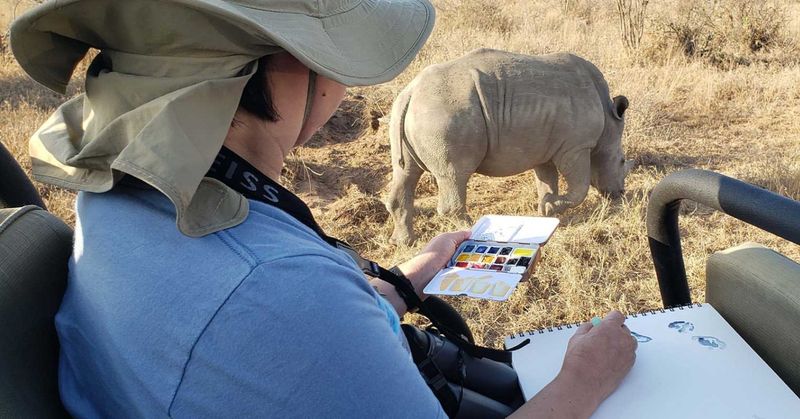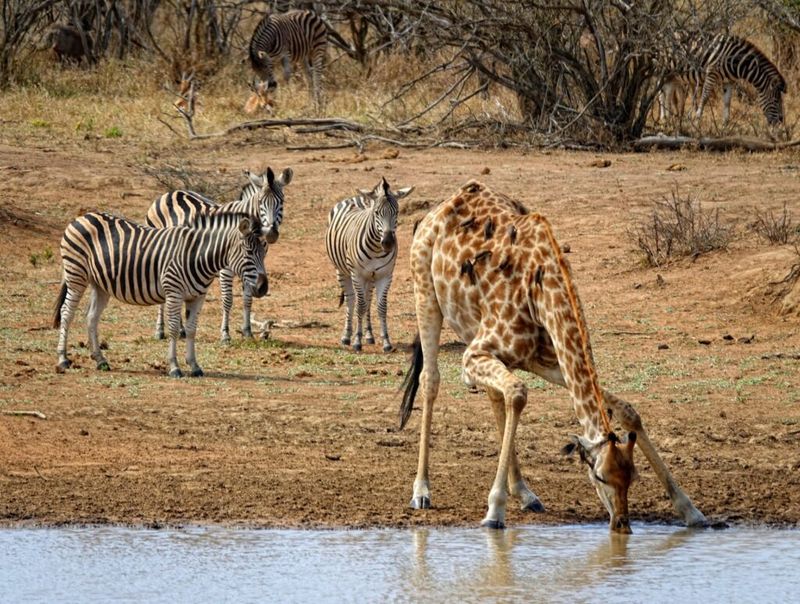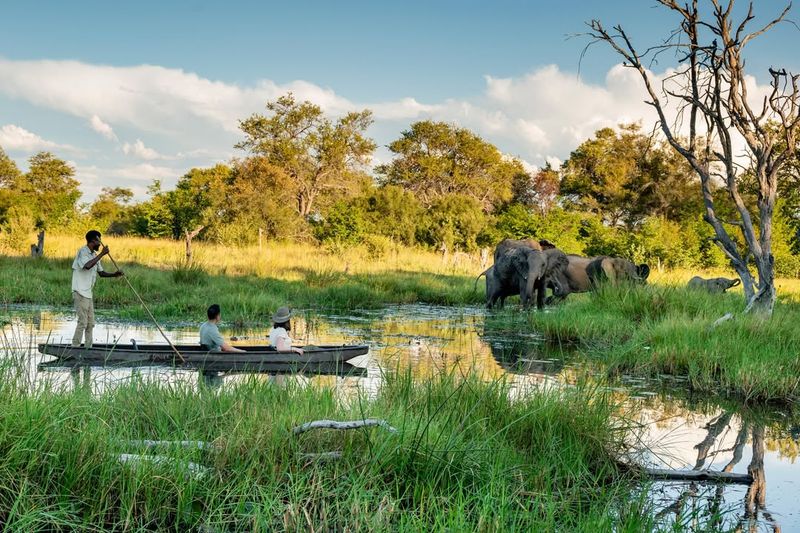How To Plan The Ultimate Safari Adventure In Africa

Picture this: you’re deep in the African wilderness, the golden savanna stretching endlessly before you. The air is thick with anticipation. A lion’s distant roar sends chills down your spine, while an elephant strides majestically across the horizon.
This isn’t a documentary. This is real. And it’s happening to you.
But here’s the thing—safaris aren’t just about hopping in a jeep and hoping for the best. If you want the ultimate experience, you need to plan it right. From picking the perfect season to getting up close with local cultures, every decision shapes your adventure.
So, let’s get this right!
1. Choose the Perfect Time to Visit
Timing is everything. Come at the wrong time, and you might just find yourself staring at endless grasslands, wondering where all the animals went.
The dry season (June–October) is prime safari time. It’s like nature’s version of rush hour—only instead of cars, you’ve got elephants, lions, and herds of antelope all navigating the savanna.
Animals gather around watering holes, the bush thins out, and the Great Migration is in full swing. Picture millions of wildebeest and zebras thundering across the Serengeti!
But don’t sleep on the wet season (November–May). Baby animals take their first steps, and the crowds thin out. It’s quieter, greener, and surprisingly magical.
Moral of the story? Choose wisely, because the wild plays by its own rules.
2. Select Your Dream Safari Destination
Africa isn’t just one safari. It’s an entire continent of jaw-dropping landscapes.
Want to chase the Great Migration? Kenya’s Maasai Mara and Tanzania’s Serengeti are your dream playgrounds. If Big Five encounters (lion, elephant, rhino, buffalo, leopard) top your list, head to Kruger National Park in South Africa or Etosha in Namibia.
Craving something off-the-beaten-path? Try the Skeleton Coast in Namibia, where shipwrecks and towering dunes create a surreal landscape. Or maybe you’d rather float through Botswana’s Okavango Delta in a dugout canoe, where hippos surface just feet away from you?
No matter where you go, the wild is waiting. Just make sure it’s the kind of wild that speaks to your soul.
3. Pack Smart and Light
Forget the overstuffed suitcase. On safari, smart packing is survival.
First rule: earth tones only. Bright colors scream “Look at me!” to animals, and trust me, that’s not always a good thing. Stick to khaki, olive, and beige to blend in with the landscape.
Layers are your best friend—mornings can be freezing, afternoons scorching. A wide-brimmed hat keeps the sun off your face, and don’t even think about skipping binoculars. That cheetah might be closer than you think.
Oh, and ditch the fancy shoes. Comfortable hiking boots or sneakers will save your feet (and your sanity). Pack light, move fast, and be ready for anything.
4. Immerse Yourself in the Local Culture
A safari isn’t just about the animals. It’s about the people.
You’ll cross paths with legendary Maasai warriors in Kenya, the Himba people in Namibia, and San Bushmen in Botswana. Take the time to talk, learn, and understand the land through their eyes.
Join a Maasai jumping danceLearn how the Himba use ochre and butterfat to protect their skin from the sun. Sit around a fire and listen to the San Bushmen’s stories—tales passed down for generations, woven with the wisdom of the wild.
The best safaris don’t just leave you with great photos. They leave you changed.
5. Choose Sustainable Safari Operators
Let’s get real. Not all safaris are created equal. Some exploit wildlife, damage ecosystems, and ignore the communities that call these places home. That’s not the adventure you want to be part of.
Look for eco-conscious safari operators that use solar energy, reduce waste, and actively support conservation. Choose lodges that work with local communities, ensuring your trip benefits the people and places that make it so special.
A safari should never just take—it should give back.
6. Dance with the Maasai Warriors
There’s energy in the air, a rhythm pulsing through the ground beneath your feet. The Maasai warriors stand before you wrapped in their striking red shúkàs. Then, without warning, they leap—high, effortless, defying gravity with every powerful jump.
And now, it’s your turn.
Dancing with the Maasai isn’t just a performance—it’s an invitation!
This isn’t just about movement—it’s about connection. The Maasai’s traditions stretch back centuries, their dances a symbol of strength, unity, and identity. And for a few exhilarating moments, you’re part of that story.
By the time the music fades and you catch your breath, you’re left with more than just a fun memory. You’ve shared something ancient, something powerful. And that feeling? That stays with you long after you leave.
7. Hot Air Balloon Over the Serengeti
Imagine this: it’s dawn, and the Serengeti is waking up beneath you. Lions stretch lazily in the golden light, giraffes move like slow-motion sculptures, and herds of wildebeest form patterns only visible from above.
This is what a hot air balloon safari feels like.
Silent. Majestic. Like watching the world from the gods’ point of view. The only sound? The occasional roar of the burner and your own heartbeat. It’s surreal. It’s unforgettable. And it’s worth every second.
8. Create Wildlife Art with Local Artists
Imagine sitting in the heart of the African bush, a paintbrush in hand, the golden light stretching across the savanna. Maybe a herd of elephants moves in the distance.
This isn’t just a painting session—it’s a conversation between nature and creativity.
Local artists, masters of capturing Africa’s spirit on canvas, invite you to join them. You learn techniques passed down through generations, hearing firsthand how art intertwines with culture.
It’s more than creating a souvenir—it’s preserving a memory in color and texture. By the time your piece is finished, it holds more than just an image of Africa’s wildlife. It holds the essence of your journey, a piece of the land that stays with you forever.
9. Try a Night Safari in Kruger
Think the safari ends when the sun sets? Think again.
A night safari in Kruger National Park reveals a world most visitors never see. The predators wake up, the bush comes alive, and your senses go into overdrive. The spotlight sweeps the darkness, and suddenly—eyes. Watching. Waiting.
A leopard slinks through the shadows. A hyena cackles in the distance. The air feels electric, like anything could happen.
And trust me, it will.
10. Explore the Okavango Delta by Mokoro
Forget the roar of engines. In Botswana’s Okavango Delta, you move with the water, not against it.
A mokoro (traditional canoe) safari lets you glide through reed-lined channels, past hippos, elephants, and fish eagles—all without a sound. The stillness is almost sacred, broken only by the splash of a croc sliding into the water or the distant call of a lion.
In a world that never stops moving, this is the kind of silence that fills your soul.
